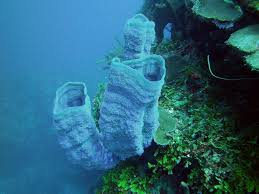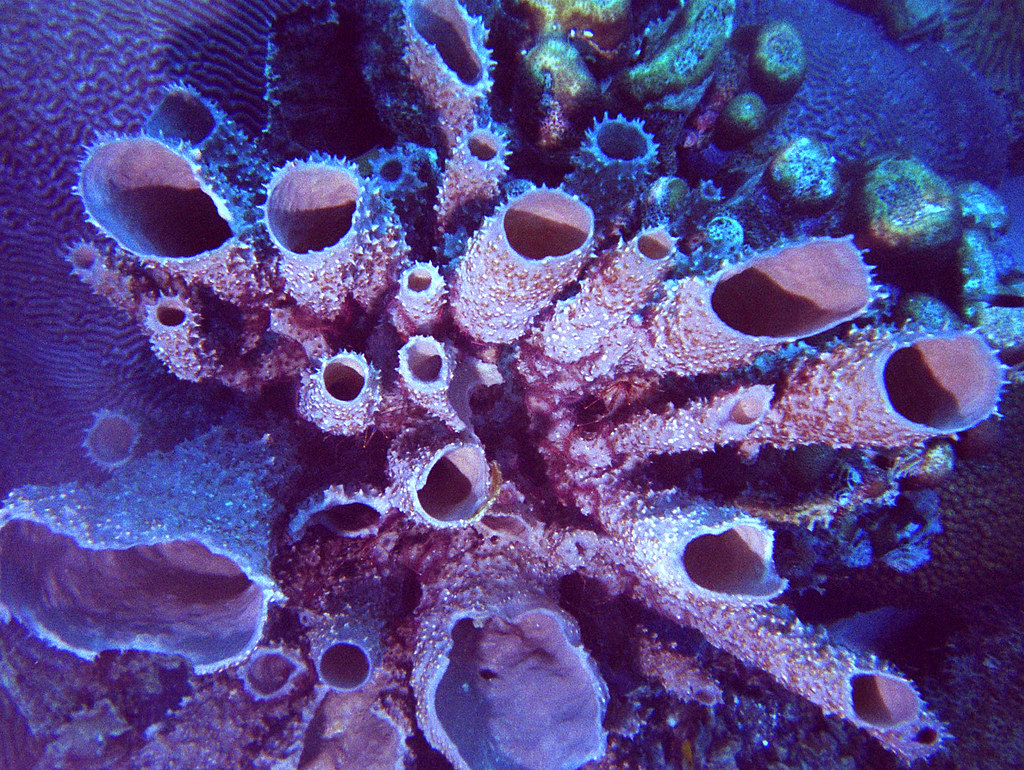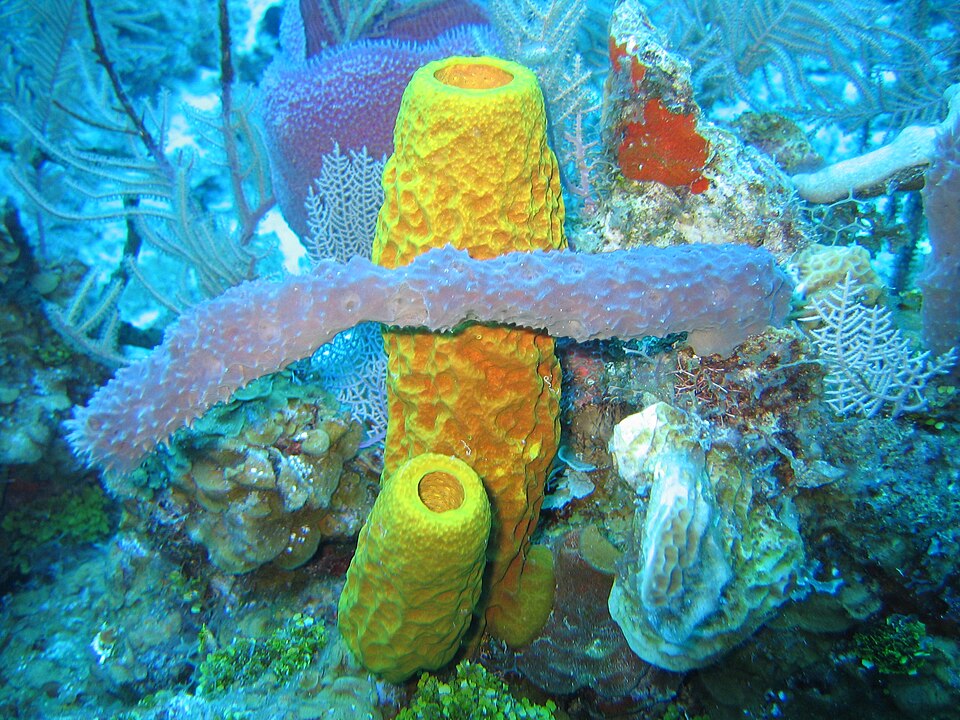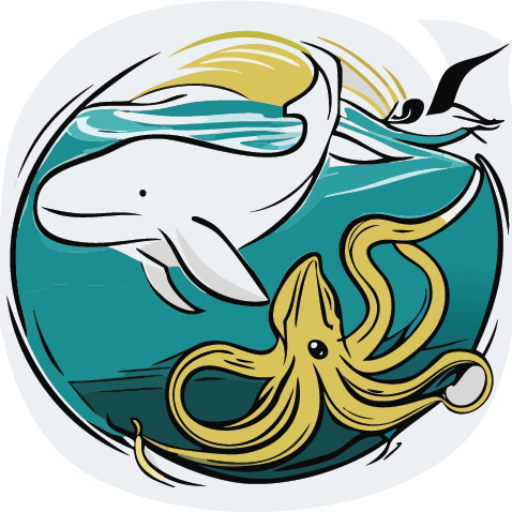Porifera
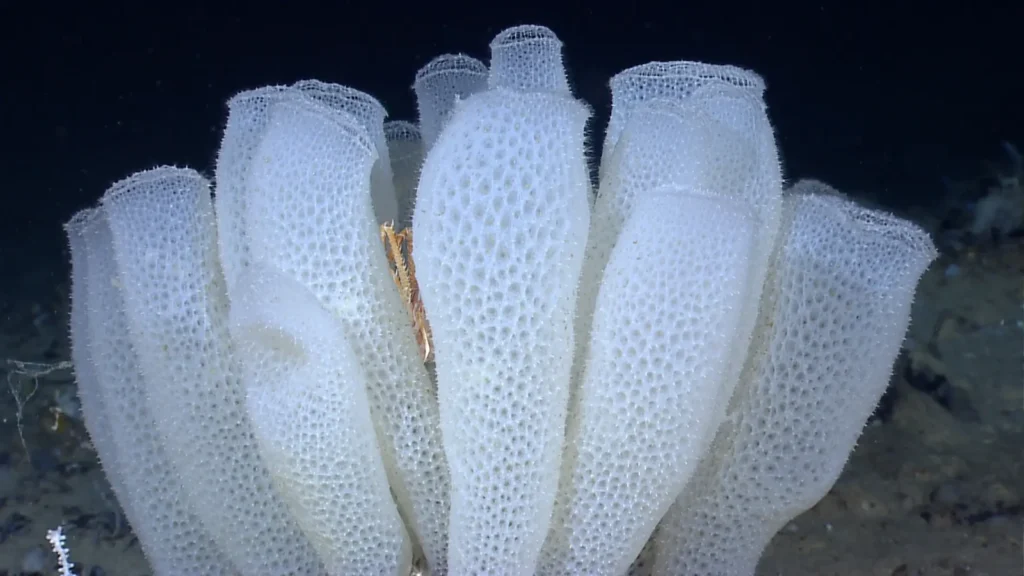
Named for the pores that cover their bodies, sea sponges are the oldest and simplest member of the animal kingdom. With no complex organ systems and a lack of mobility, sea sponges may look like plants. However, the secrets of their innovation lie at a cellular level.
The sponge’s digestive system, while invisible to the naked eye, is quite complex. Sponges are known as suspension feeders, and derive nutrients from this process:
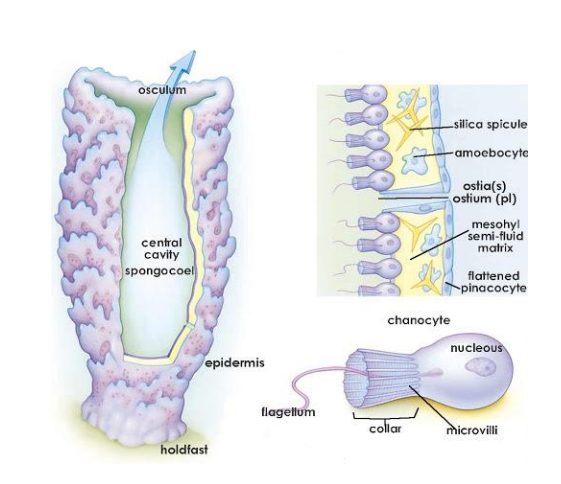
Water enters the pore and passes through the ostia. Particles are trapped by the collar cells and deposited into the mesohyl (the yellow portion) where amoebocytes digest and transport the nutrients. Excess nutrients exit through the osculum. Silica spicules, while not involved in the digestive process, give the sponge its structure. Image courtesy of Life Sciences 11 Notes.
Fun fact: Sponges can be made of spongin, silica (glass), or CaCO3 (calcium carbonate)!
